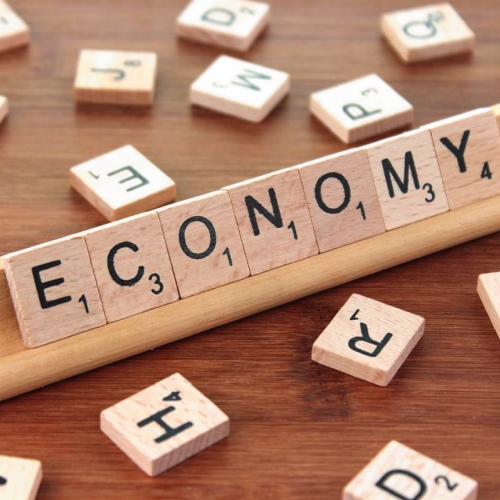New Delhi, March, 28 (ANI): The Indian economy is at a defining moment. India grew over 8% for three consecutive quarters reaffirming her position as a standout performer amidst global growth trends. Driven by the Government’s thrust on capex which has continued to crowd in private investment, Gross Fixed Capital Formation (GFCF) at constant prices registered a growth of 10.2 percent in FY24 and 10.6 percent in Q3 of FY24. There has been a broad-based pick-up in investment, as reflected in the rising share of GFCF, which increased from 29.6 percent in FY22 to 31.3 percent of GDP in FY24.
S&P Global has raised India’s growth projections twice for FY25 from 6% to 6.4% and now to 6.8%. Morgan Stanley too followed and raised it to 6.8%. Earlier RBI revised India’s growth to 7%.
An analysis by AltG Investment Research Lab says “The one issue that needs to receive the most attention is capital. The availability, flexibility, and cost of capital will be the most important driver of India’s 21st century economic growth story.”
Recent NSO data suggests that India is moving from a consumption-led to an investment-led economy. The union budget has almost tripled the capital expenditure from Rs 4.1 lakh crore in FY21 to Rs 11.11 lakh crore in the current fiscal. Capex increased exponentially from Rs 4.39 lakh crore in FY21 to Rs 5.54 lakh crore in FY22, increasing by 35%. In FY23 it was hiked again by 35% to Rs 7.5 lakh crore. In FY24 it was hiked by 37.5% to Rs 10 lakh crore, which subsequently was raised to 11.11 lakh crore in the interim budget of FY25.
The question is private investment coming in proportion to government spending and how can we reduce the cost of investment?
AltG Investment Research says “There are two broad ways to do this. Firstly, use hybrid structures to provide capital to these businesses to give them much-needed expansion capital and allow them to achieve scale. The second way to achieve scale is via platforms that can aggregate and provide expansion capital to such businesses.”
A recent report by the Observer Research Foundation, (ORF) suggests that the Indian economy has garnered enough momentum to burst all bubbles of pessimism and silence all the doomsayers. Real GDP growth for 2023-24 is estimated at 7.6% against the nominal growth rate of 9.1%.
ORF says “Driven by the Government’s thrust on capex which has continued to crowd in private investment, Gross Fixed Capital Formation (GFCF) at constant prices registered a growth of 10.2 percent in FY24 and 10.6 percent in Q3 of FY24. There has been a broad-based pick-up in investment, as reflected in the rising share of GFCF, which increased from 29.6 percent in FY22 to 31.3 percent of GDP in FY24.”
Recent estimates suggest that the multiplier effect of capital expenditure is as high as 2.45 implying an Rs 1 increase in capital expenditure will result in an Rs 2.45 increase in the GDP.
So, how do we lower the cost of Capital? AltG Investment Research analysis suggests changes in regulations and investment vehicles. For example, to provide impetus to private markets it is essential to bring unlisted debt instruments at par with listed debt instruments.
“The biggest driver of India’s economic growth story in the future will be more and more Indian businesses achieving scale in their offerings, lowering the cost of production, enabling more use cases, further driving scale in these businesses, and further reducing costs and driving use cases. The key to all this is access to plenty of low-cost and flexible capital. We saw what cheap data and mobile phones did in India. We saw what accessible credit and two-wheelers have done to economic growth since the 1990s in India.” the analysis said.
AltG Investment Research said “Cheaper computing power allowed new use cases to emerge. These new use cases led to more demand for chips, thereby creating further scale and even lower costs at a per unit level, leading to even more use cases being possible, and the virtuous cycle has effectively driven chips to the epicenter of the world.”
In a recent report on the Indian economy, Morgan & Stanley says “we expect the capex trend to pick up in a sustained manner creating a virtuous cycle of growth. Indeed, a pick-up in capex is key for the constructive outlook on the economy over the medium term. In our view, the nascent signs of capex revival will become more broad-based and sustain the uptrend. We expect the overall investment rate to accelerate to 36.2% of GDP by FY27 from 32.2% of GDP in FY23”.
Analysts say that assuming a stable political environment and effective policy-making, India’s growth story will continue. (ANI)













